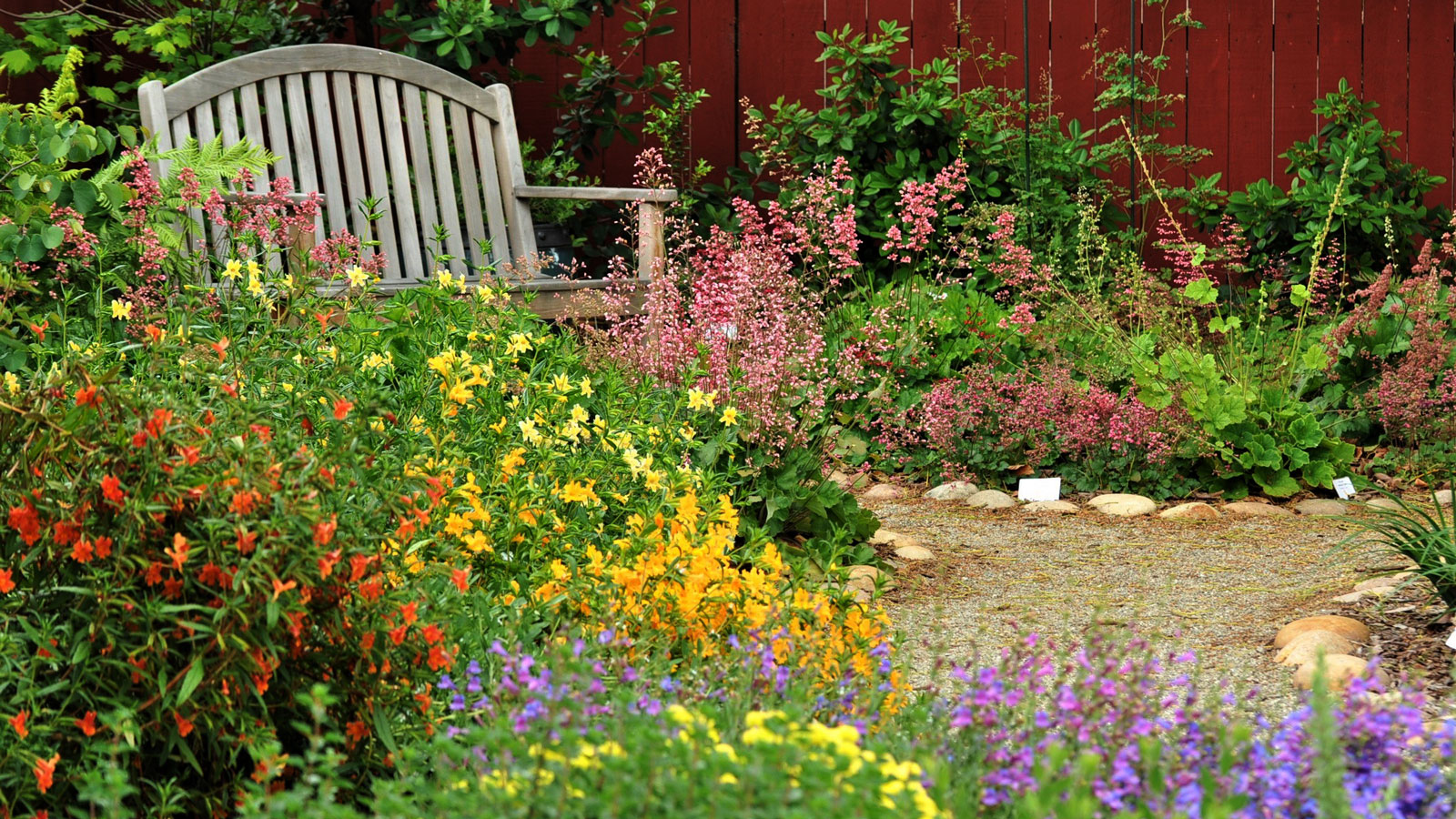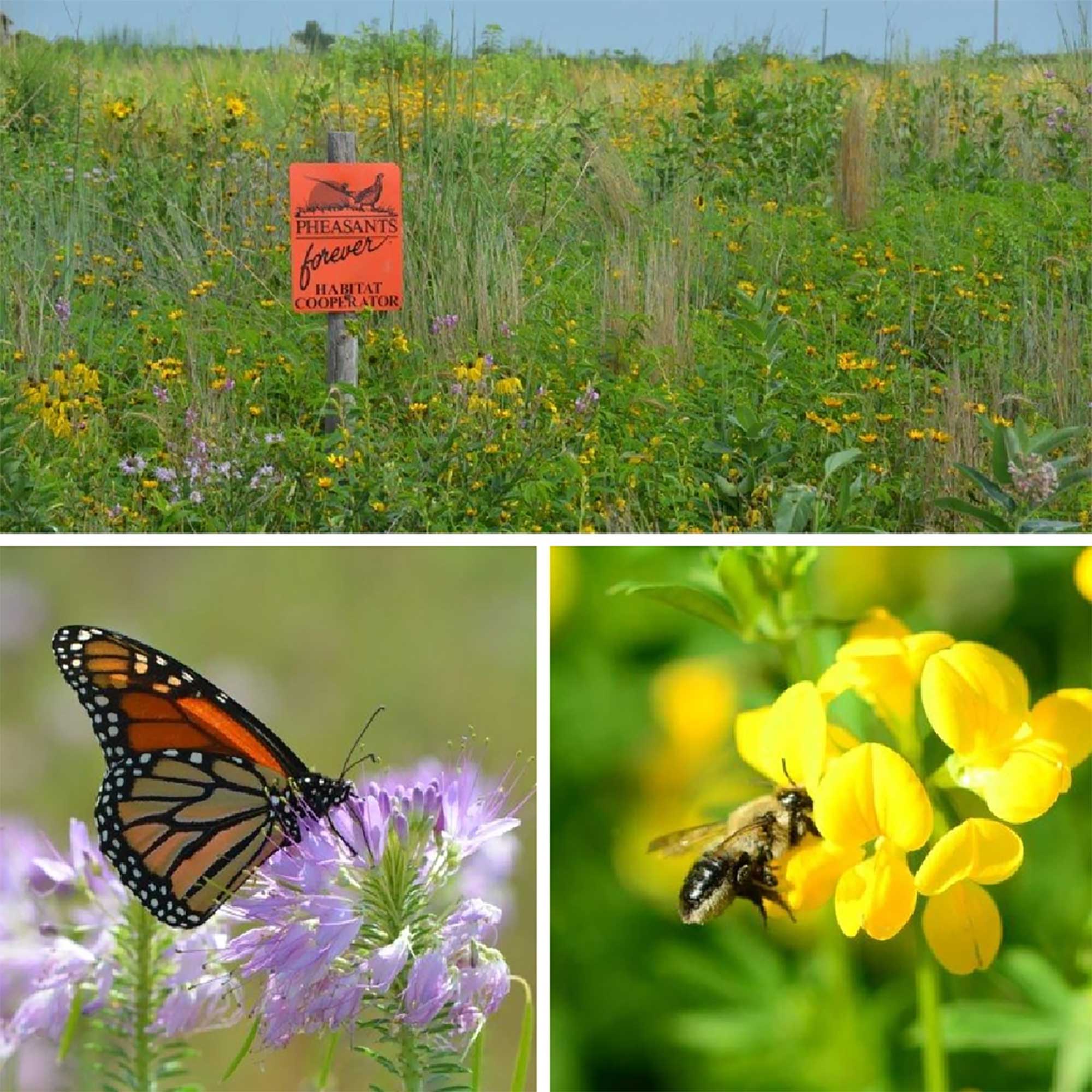How to Grow a Pollinator-Friendly Garden: Step-by-Step

Imagine stepping into a garden buzzing with life—bees humming, butterflies fluttering, and birds chirping. This isn't just a dream; it's a reality you can create by growing a pollinator-friendly garden. Pollinators are the unsung heroes of our ecosystem, responsible for the reproduction of over 85% of the world's flowering plants. But their habitats are dwindling. Let's change that, one garden at a time. Here's your step-by-step guide to creating a thriving pollinator habitat right in your backyard.
Understanding Pollinators and Their Habitats
Before we dive in, let's understand who pollinators are. Bees, butterflies, hummingbirds, and even some beetles and flies are all pollinators. They transfer pollen from one flower to another, enabling plants to reproduce. But they're not just workers; they're also parents, constantly searching for nectar and pollen to feed their young. By providing them with a safe, nourishing habitat, you're not just helping plants—you're sustaining entire families of these beneficial insects and wildlife.
Planning Your Pollinator Garden
Choose the Right Location
First things first: pick a sunny spot for your garden. Most pollinator-friendly plants thrive in full sun, with at least 6 hours of sunlight daily. Also, ensure the area is sheltered from strong winds but open enough for pollinators to find it.
Design with Diversity
Diversity is key in a pollinator garden. Different pollinators prefer different plants. Plus, a varied garden provides nectar and pollen throughout the growing season. Think of it like a buffet—the more dishes you offer, the more guests you'll attract.
Planting for Pollinators
Go Native
Native plants are the backbone of a pollinator-friendly garden. They're adapted to your region's climate and soil, making them easier to grow. Plus, they've co-evolved with local pollinators, providing the best sources of nectar and pollen. The Xerces Society offers region-specific native plant lists to get you started.
Plant in Clusters
Pollinators are drawn to clumps of colorful flowers. Planting in clusters of three or more helps them spot your garden from afar. It's like a neon sign advertising a free lunch!
Include a Variety of Plant Types
Different pollinators have different preferences. Hummingbirds love tubular flowers, while bees prefer open, daisy-like blooms. Butterflies are drawn to flat-topped flowers where they can rest while feeding. Include a mix of annuals, perennials, shrubs, and trees to cater to everyone's tastes.

Maintaining Your Pollinator Garden
Water Wisely
Sustainable gardening practices are crucial for pollinator habitats. Water deeply but infrequently to encourage strong root growth. Consider installing a rain barrel to collect water for your garden. And don't forget to provide a shallow water source, like a birdbath or saucer, for thirsty pollinators.
Leave Some Mess
A tidy garden isn't always a healthy one. Dead plant material provides nesting sites for some bees and shelter for other beneficial insects. So, leave some stems and leaf litter in place over winter. Think of it as a cozy hotel for pollinators.
Avoid Pesticides
Pesticides can be deadly to pollinators, even in small doses. Instead, opt for organic or integrated pest management methods. After all, a few nibbled leaves are a small price to pay for a garden teeming with life.
Beyond Plants: Additional Garden Features
Provide Nesting Sites
Some pollinators, like many bee species, need specific places to nest. You can provide these by leaving patches of bare soil, installing bee boxes, or even drilling holes in dead wood. It's like setting up a welcome mat for new friends.
Incorporate Rocks and Stones
Butterflies and some bees need sunny spots to warm up before they can fly. Adding rocks and stones to your garden gives them a place to bask in the sun. Plus, they add visual interest to your landscape.

Conclusion: Your Role in Sustaining Pollinator Habitats
Growing a pollinator-friendly garden isn't just about beautifying your yard; it's about sustaining our ecosystem. Every flower you plant, every nesting site you provide, makes a difference. So, let's get planting. Let's create gardens that buzz, flutter, and hum with life. Because every garden counts, and every pollinator matters.
FAQs
Why are pollinators important? Pollinators are crucial for plant reproduction and food production. They support ecosystems and enable the production of many crops we rely on.
What are some common pollinator-friendly plants? Some popular choices include coneflowers, asters, milkweed, and goldenrod. But remember, native plants specific to your region are best.
How can I attract more butterflies to my garden? Planting host plants for caterpillars and nectar plants for adult butterflies can attract more butterflies. Milkweed, for instance, is essential for monarch butterflies.
Should I provide food for pollinators in winter? While it's a kind thought, most pollinators don't need food in winter as they're either dormant or have migrated. Focus on providing food during the growing season.
How can I learn more about pollinators in my area? Local gardening clubs, nature centers, and online resources like the Pollinator Partnership can provide region-specific information about pollinators and their habitats.
0 Response to "How to Grow a Pollinator-Friendly Garden: Step-by-Step"
Post a Comment